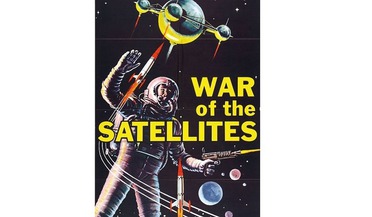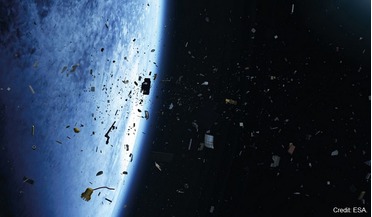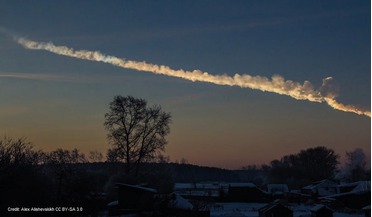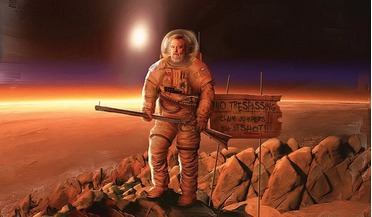 March 2015
Twinkle, twinkle satellite
March 2015
Twinkle, twinkle satellite
... use as purely driven by money, by “moonshots and world title fights.” He also expresses his anxiety over the nuclear standoff as a product of the Cold War, when he sings, “Used to look in on the children at night / In the glow of their...
 June 2015
The new space ethics: COSPAR, Planetary Protection and beyond
June 2015
The new space ethics: COSPAR, Planetary Protection and beyond
..., by means of use or occupation, or by any other means.” 26: Article IV of the OST prohibits outright the positioning and use of Nuclear weapons and Weapons of Mass destruction in orbit. As with much of the OST, this provision has been criticized...
 June 2015
Finding asteroids before they find us
June 2015
Finding asteroids before they find us
... it off course and not intersect with Earth. Over the years, we studied multiple options, from exploding a nuclear bomb near the asteroid to more recently sending robotic spacecraft on a high-velocity collision course. By 2010, one...
 October 2015
Earth independence: new definitions of home on Mars missions and beyond
October 2015
Earth independence: new definitions of home on Mars missions and beyond
... speech, the United States had only a few minutes of spaceflight experience, gained by Alan Shepard atop a repurposed nuclear missile. NASA astronaut Scott Kelly eyes a floating bunch of fresh carrots as part of his year-long stay...
 March 2016
Mining outer space may be cool but is it legal?
March 2016
Mining outer space may be cool but is it legal?
... which were being developed to loft probes into space in the mid-1950s were also designed to lob nuclear weapons at other nations. From this debate emerged the 1967 Outer Space Treaty (OST) [7] which remains...
 March 2016
Space Mining – the Reality of Tomorrow?
March 2016
Space Mining – the Reality of Tomorrow?
... such as the Liability Convention are also relevant, as well as various efforts to define provisions regarding the use of nuclear systems in space. The most relevant parts of the OST are Articles I and II. Article I ‘The exploration and...